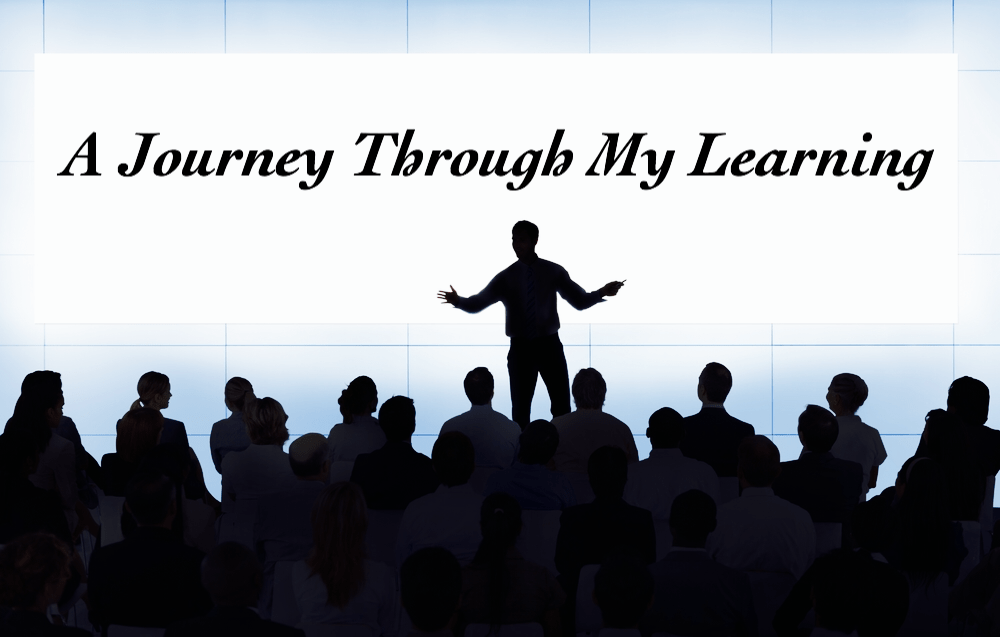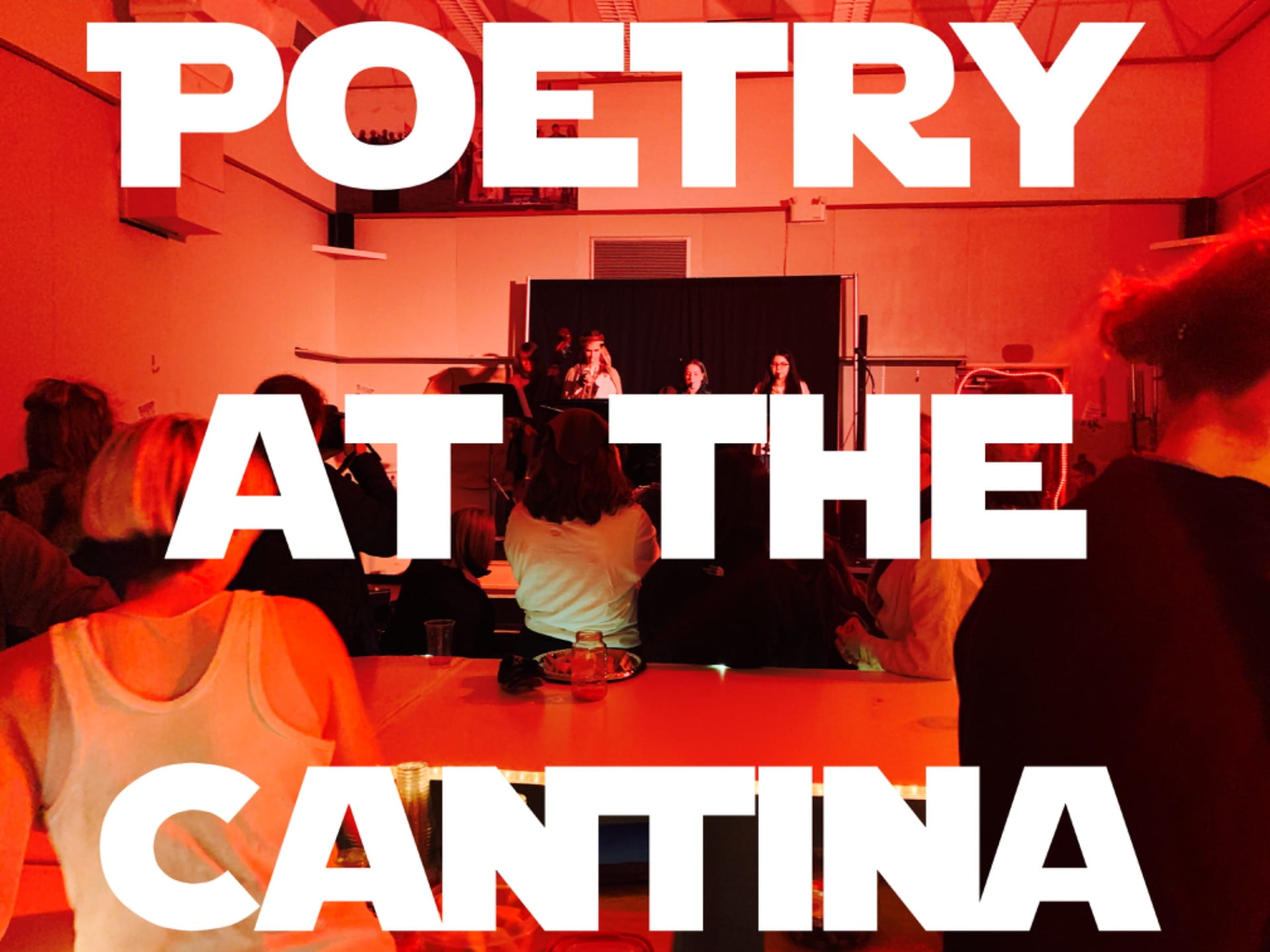Grade 11 is a huge year. Not only is it academically challenging, a huge step up from grade 10, but also a year where everything matters. The courses we take, the grades we get, habits we develop, they all contribute to our future, shaping the way. So far, grade 11 has had some ups and downs, but only I can speak to my work, and that’s what I’ll be speaking to today.
How did you “fail” this year? What did you learn from this experience?
 One of the biggest things I have taken away from PLP is leadership, and learning to work with others. While being a leader is good in some respects, sometimes I feel as though other people want to lead. I don’t try to vie for leadership, I step up only when no one else will. Leading a class like ours is sometimes difficult, as we try not to get on each other’s bad sides. When we were tasked with creating our own groups for the Lord of the Flies project, I feel I let down our class. There were many ways in which our groups could have been formed, but I lead it with counsel from others and decided it would be random. Groups were in the end successful, but I feel some groups had their disadvantages.
One of the biggest things I have taken away from PLP is leadership, and learning to work with others. While being a leader is good in some respects, sometimes I feel as though other people want to lead. I don’t try to vie for leadership, I step up only when no one else will. Leading a class like ours is sometimes difficult, as we try not to get on each other’s bad sides. When we were tasked with creating our own groups for the Lord of the Flies project, I feel I let down our class. There were many ways in which our groups could have been formed, but I lead it with counsel from others and decided it would be random. Groups were in the end successful, but I feel some groups had their disadvantages.
What skills did you use and what skills do you need to continue to develop?
 On the Albuquerque trip this year, I decided to pull an Emily and collect as much information as possible. I conducted interviews all over the place, recording audio of our tours and much more. Getting out of my comfort zone was difficult, but in the end it payed off. I got a lot of information, but not all of it was relevant. This year, I would hope to develop the skill of interviewing people better. Sometimes I have a hard time communicating what I mean, which impacts the relevance of my interviews. Working on this skill will help me not only in interviews, but also any other time I will be working with others, or public speaking in general.
On the Albuquerque trip this year, I decided to pull an Emily and collect as much information as possible. I conducted interviews all over the place, recording audio of our tours and much more. Getting out of my comfort zone was difficult, but in the end it payed off. I got a lot of information, but not all of it was relevant. This year, I would hope to develop the skill of interviewing people better. Sometimes I have a hard time communicating what I mean, which impacts the relevance of my interviews. Working on this skill will help me not only in interviews, but also any other time I will be working with others, or public speaking in general.
Did all the work you completed this year meet your standards?
 The project that I really struggled with this on was the Manhattan Project Project. With my book, before the trip, I had worked extremely hard on gathering the information for it. I literally spent hours every day before the trip doing research and putting together the pieces. I had the information for the book, I just hated how it looked. I tried to model it after another book, but it fully made me want to die. Using the skills of peer critique, I bugged my friends for hours at the airport, trying to come up with a solution, a better format. It was really hard, as it was fully up to us, and I couldn’t come up with anything. Finally, I came up with my current theme, but having this struggle was very hard. It’s difficult in PLP, when the standards for our work are so high. But those standards aren’t wrong. We can do the work, and because of that my standard has been raised.
The project that I really struggled with this on was the Manhattan Project Project. With my book, before the trip, I had worked extremely hard on gathering the information for it. I literally spent hours every day before the trip doing research and putting together the pieces. I had the information for the book, I just hated how it looked. I tried to model it after another book, but it fully made me want to die. Using the skills of peer critique, I bugged my friends for hours at the airport, trying to come up with a solution, a better format. It was really hard, as it was fully up to us, and I couldn’t come up with anything. Finally, I came up with my current theme, but having this struggle was very hard. It’s difficult in PLP, when the standards for our work are so high. But those standards aren’t wrong. We can do the work, and because of that my standard has been raised.
I know I still have a long way to go as a learner. Without PLP, I know I wouldn’t be the same person I am today. I have to keep moving, though, even if it’s slow. Two steps forward, one step back, still moves forward. Now I have a question for you.
Where do you think I grown the most since grade 8? How can I continue this progress?















